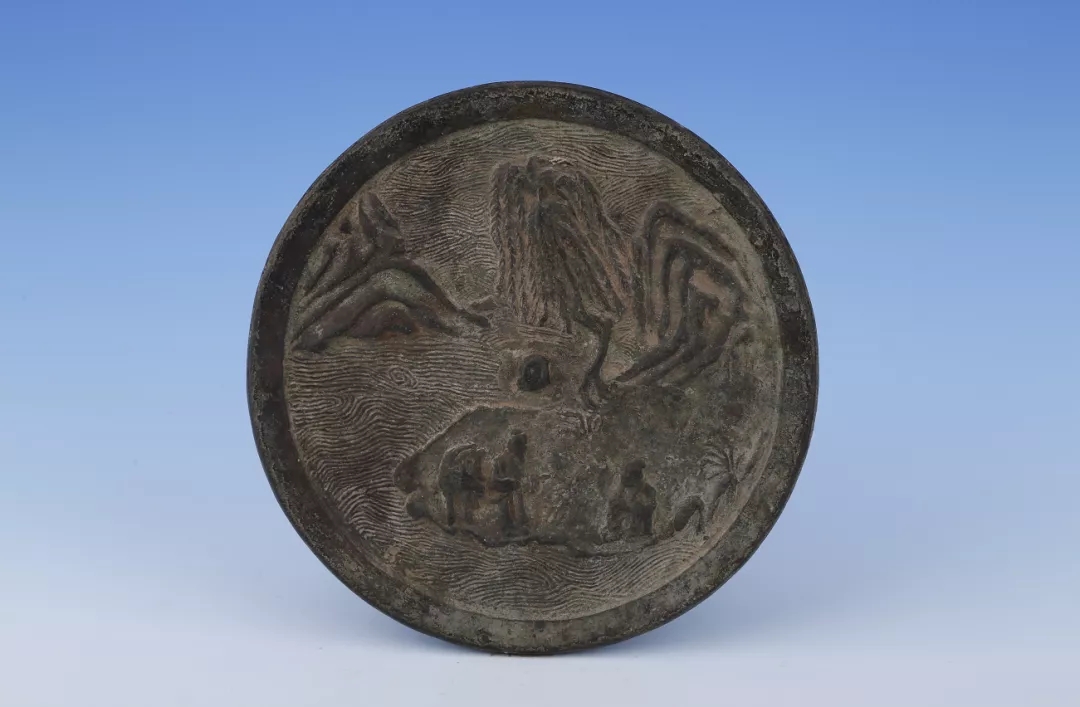
Ezhou is known as China's hometown of bronze mirrors,a daily object that was used from neolithic times until the Qing dynasty,when glass mirrors were brought to China. The city's long history in bronze mirror production is shown in Ezhou Museum,which not only houses a complete range of bronze mirrors dating from the Warring States period to the late Qing dynasty but also preserves ancient skills in bronze artefact production, particularly production, particularly in bronze mirror production.
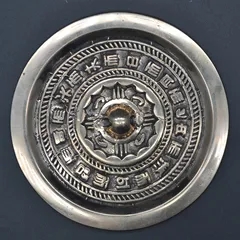
Liu Mingjiang, director of the Restoration and Reproduction Research Institute affiliated with Ezhou Museum,said that there are few other places in China that specialize in bronze artifact production using the traditional methods. Liu has been working at the institute for 22 years. From the very early days, he has been involved with reproduction and is familiar with all of the original processes.
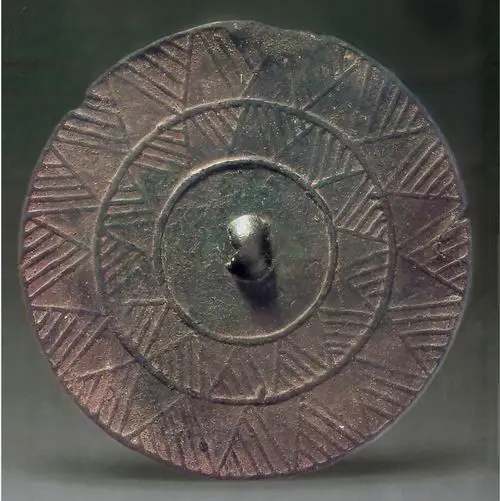
The traditional way of making bronze artifacts is called "fanzhufa" in Chinese, meaning "the piece-mold casting method."Liu said that after a desired vessel was fashioned from clay, it was covered with an additional layer of clay that, when dried, was carefully cut away, matching the vertical sections to create casting moulds. The original clay model is called "mo" in Chinese. Mo was then shaved down for the interior core, and then the sections were reassembled around it to make the outer walls. The space between the core and outer molds was then filled with molten bronze.In many cases, the joints between the sections appeared as raised ribs on the exterior of finished bronzes. After the bronze cooled, the clay molds were broken and removed, and the vessel was polished to remove flaws and any metal that had seeped into the gaps.
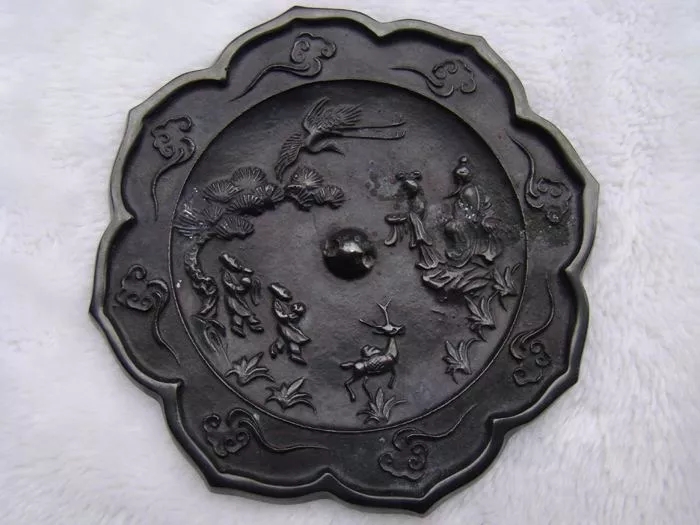
Liu said that in Chinese, the interior core was called "neifan" and the outer mold was called "waifan," both of which came from "'mo." Thus, "mofan," which originally referred to molds used for making bronze vessels, gradually became a fixed term in the Chinese language, referring to any models or exemplary persons or things.
According to Liu. all early Chinese bronze vessels were made using "tanzhufa" instead of wax-covered models widely used in later dynasties. The bronze mirrors made by using this traditional method had to go through more than 20 procedures.
The institute is now a major production base of traditional bronze products. Many of these products are bronze mirrors reproduced from ancient artifacts unearthed in Ezhou. A very typical and popular product, said Liu, is a reproduced mirror with the back divided into four lobes with two opposing phoenixes in each lobe. The original one, called Four-lobed Mirror with Eight Phoenixes, was unearthed in Ezhou and is now housed in Ezhou Museum. The images of phoenixes reflect local people's worship of this mythical creature in ancient times.
Liu said that people purchased their bronze mirrors as home decoration or as gifts. He revealed that over 20 years ago, one bronze mirror reproduction with a horse and carriage pattern was sent as a gift from Hubei to Juan Antonio Samaranch, the former president of the International Olympic Comittee.
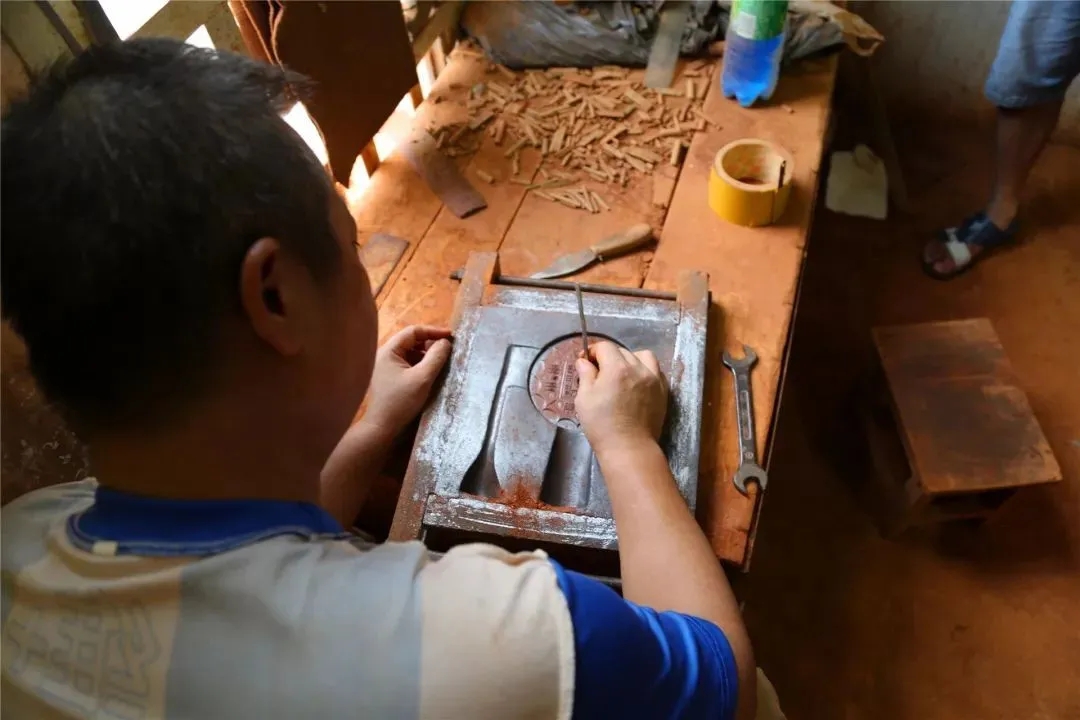
The institute has served both as an experimental and training center for bronze vessel production using traditional methods for universities and research institutes. It is now an experimental and internship base for researchers and students of the Chinese Acaderny of Sciences, University of Science and Technology of China, University of Science and Technology Bejjing, and the China Numismatic Society.
In January 2011, at the invitation of the Shanxi History Museum, the institute successfully reproduced the museum's most prized treasure, a bronze incense burner from the Han dynasty using the piece-mold casting method.
The institute's technology was included on the list of provincial intangible cultural heritages in Hubei in 2016.
Link: Phonenix Square highlights elements of bronze mirrors
Phoenix Square, located in the southeast part of Ezhou, is the largest public square in the city.
The square features a dry fountain designed in the shape of a bronze mirror. The diameter of the fountain, based on the Four- lobed Mirror with Eight Phoenixes unearthed in Ezhou, reaches nine meters. Images resembling a bronze mirror are also visible on the stone pavement and grounds of Phoenix Square.
The images of bronze mirrors are also found in Mt. Lotus Outdoors Stone Tablet Gallery. The tablets at the gallery display 124 carvings of old bronze mirrors.
Artifacts reflect history
Zhang Yu, a staff member at the Fzhou Museum said that Ezhou has unearthed nearly 600 bronze mirrors and the museum has over 300 of these mirrors on display.
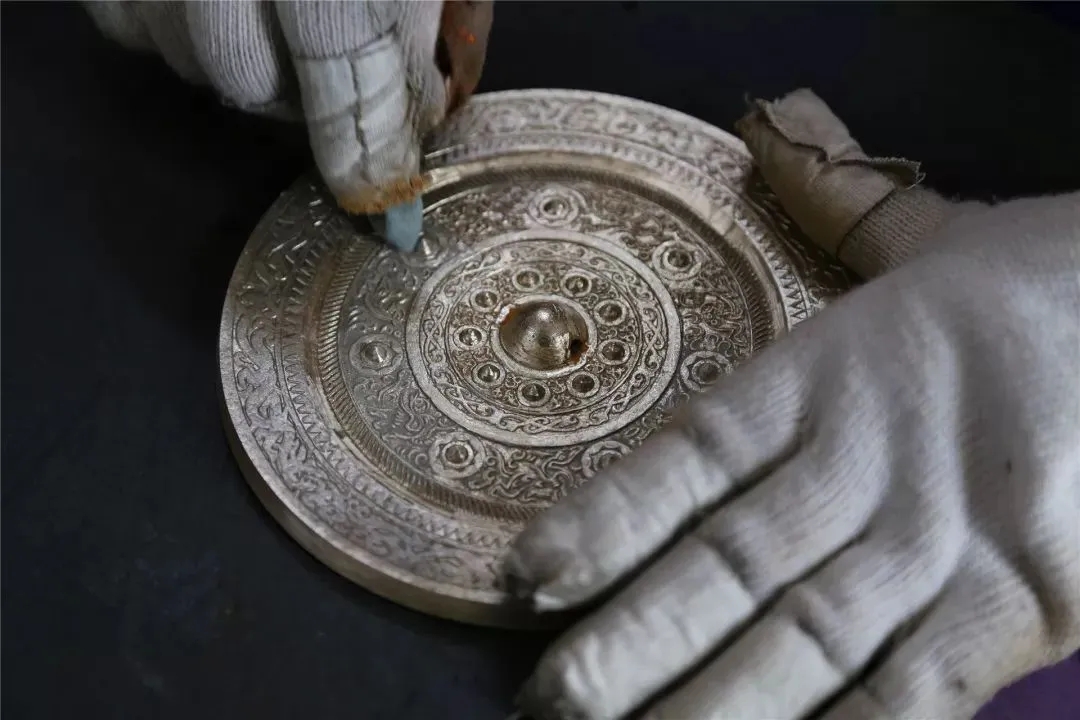
Ezhou's bronze mirror industry boomed when Sun Quan, the founder of the Kingdom of Wu, moved the national capital to Ezhou. Sun brought a group of bronze mirror makers from Zhejang with him to Ezhou, making the dity one of the three major bronze mirror produrtion centers in the kingdom.
Zhang said that most of the mirrors on display are from the period of the Three Kingdoms. The majority of the mirrors fall into the category of Divine Beast Mirror, a type of mirror that is rarely seen in other parts of China. The Divine Beast Mirror is decorated with motifs of deities and auspicious animals. During the period of Three Kingdoms and later dynasties, Ezhou exported a large number of Divine Beast mirrors to Japan, indicating the city's key role in mirror production.
